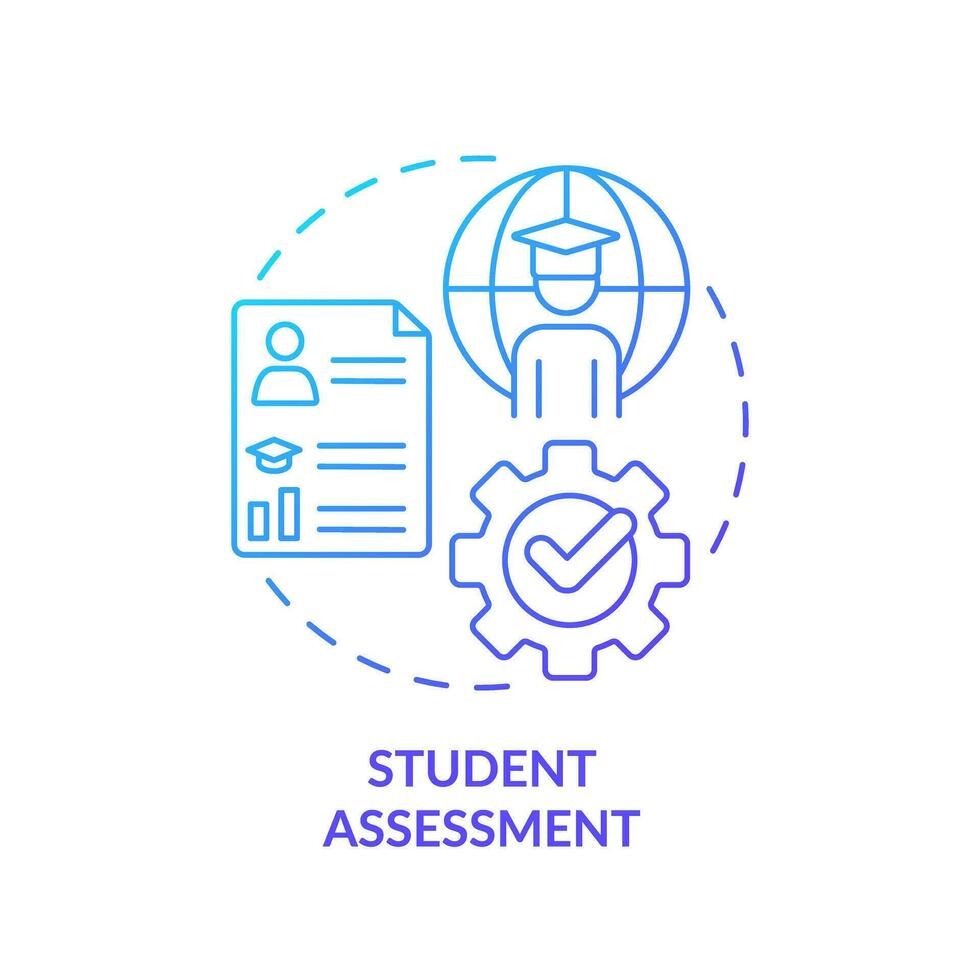Curriculum's Impact on Student Achievement: A Research-Based Analysis

Urban Pedia Wiki
Your one-stop destination for all the information you need - from technology updates, health articles, tutorial guides, entertainment news, sports results, to daily life tips.

1. Defining Curriculum and Its Core Components
Understanding the Breadth of Curriculum

- Learning Objectives: Clearly defined goals for student learning.
- Content: The knowledge and skills students are expected to acquire.
- Instructional Strategies: Methods used to deliver the content.
- Assessment Methods: Tools used to measure student learning.
- Learning Environment: The physical and social context of learning.
| Component | Description |
|---|---|
| Learning Objectives | Specific, measurable, achievable, relevant, and time-bound goals for student learning. |
| Content | The subject matter, concepts, and skills to be taught. |
| Instructional Strategies | Teaching methods and activities used to deliver content and facilitate learning. |
| Assessment Methods | Tools and techniques used to measure student understanding and progress. |
| Learning Environment | The physical, social, and emotional climate of the classroom or learning space. |
2. The Link Between Curriculum Design and Student Achievement
Key Principles of Effective Curriculum Design

- Alignment: Ensuring consistency between learning objectives, content, instruction, and assessment.
- Relevance: Connecting learning to students' lives and experiences.
- Engagement: Creating stimulating and interactive learning activities.
- Differentiation: Adapting instruction to meet diverse learner needs.
- Assessment: Using formative and summative assessments to monitor student progress.
| Design Principle | Description | Impact on Achievement |
|---|---|---|
| Alignment | Consistency between objectives, content, instruction, and assessment | Ensures focused learning and accurate measurement of progress |
| Relevance | Connecting learning to real-world contexts and student interests | Increases student engagement and motivation |
| Engagement | Active and interactive learning experiences | Promotes deeper understanding and retention |
| Differentiation | Tailoring instruction to meet individual student needs | Addresses diverse learning styles and abilities |
| Assessment | Ongoing monitoring of student progress | Provides feedback for improvement and informs instruction |
3. Curriculum Implementation and Its Role in Student Success
Effective Implementation Strategies

- Teacher Training: Providing educators with the knowledge and skills to implement the curriculum effectively.
- Resource Allocation: Ensuring access to necessary materials and technologies.
- Ongoing Support: Providing continuous professional development and mentorship.
- Monitoring and Evaluation: Tracking student progress and making adjustments as needed.
- Collaborative Planning: Encouraging collaboration among teachers and curriculum specialists.
| Implementation Strategy | Description | Impact on Student Achievement |
|---|---|---|
| Teacher Training | Providing professional development on curriculum content and pedagogy | Improves teacher effectiveness and confidence |
| Resource Allocation | Ensuring access to necessary materials, technology, and support | Facilitates effective instruction and learning |
| Ongoing Support | Providing mentorship, coaching, and professional learning communities | Sustains effective implementation and addresses challenges |
| Monitoring and Evaluation | Tracking student progress and providing feedback | Informs instructional adjustments and ensures alignment with goals |
| Collaborative Planning | Encouraging collaboration among teachers and specialists | Promotes shared understanding and effective implementation |
4. The Role of Assessment in Curriculum Effectiveness
Formative and Summative Assessments

- Formative Assessment: Ongoing assessment to monitor student learning and provide feedback.
- Summative Assessment: Assessment at the end of a unit or course to measure student achievement.
- Diagnostic Assessment: Assessment to identify student strengths and weaknesses.
- Authentic Assessment: Assessment that reflects real-world tasks and contexts.
- Performance-Based Assessment: Assessment that requires students to demonstrate their skills and knowledge.
| Assessment Type | Purpose | Impact on Curriculum Effectiveness |
|---|---|---|
| Formative Assessment | Monitor student learning and provide feedback | Informs instructional adjustments and improves student understanding |
| Summative Assessment | Measure student achievement at the end of a unit or course | Evaluates overall curriculum effectiveness |
| Diagnostic Assessment | Identify student strengths and weaknesses | Helps tailor instruction to individual needs |
| Authentic Assessment | Assess skills in real-world contexts | Prepares students for practical application of knowledge |
| Performance-Based Assessment | Demonstrate skills through tasks and projects | Provides evidence of student mastery |